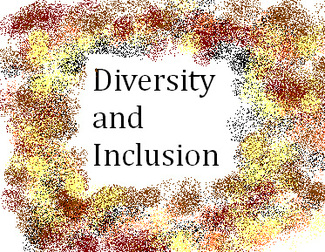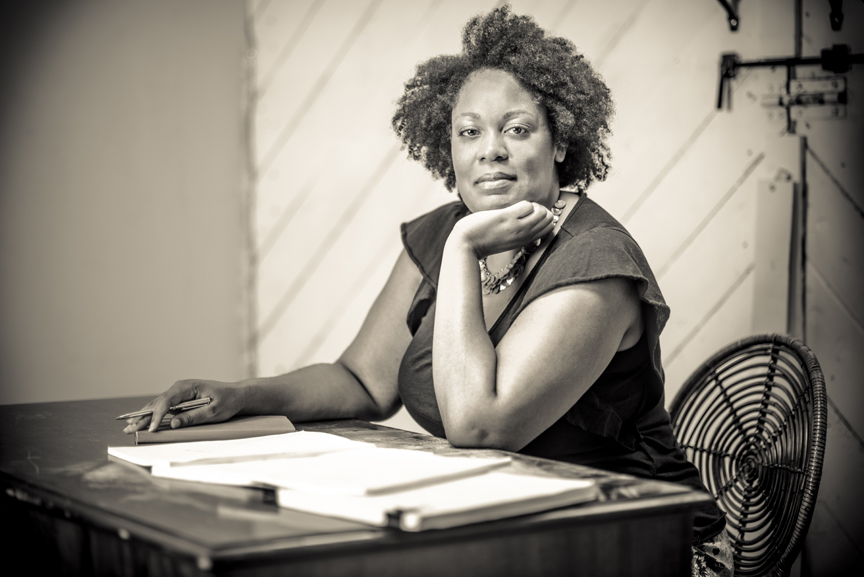 "Our Nation derives strength from the diversity of its population and from its commitment to equal opportunity for all. We are at our best when we draw on the talents of all parts of our society, and our greatest accomplishments are achieved when diverse perspectives are brought to bear to overcome our greatest challenges." President Barack Obama, Executive Order 13583 Last year, President Obama issued Executive Order 13583, Establishing a Coordinated Government-Wide Initiative to Promote Diversity and Inclusion. This government-wide strategic plan aims to "provide a shared direction, encourage commitment, and create alignment so agencies can approach their workplace diversity and inclusion efforts in a coordinated, collaborative, and integrated manner." In it, diversity is defined as "a collection of individual attributes including, but not limited to, characteristics such as national origin, language, race, color, disability, ethnicity, gender, age, religion, sexual orientation, gender identity, socioeconomic status, veteran status, and family structures." Inclusion is defined as "a culture that connects each employee to the organization; encourages collaboration, flexibility, and fairness; and leverages diversity throughout the organization so that all individuals are able to participate and contribute to their full potential." These are the stated goals: Goal #1: Workforce Diversity - Recruit from a diverse, qualified group of potential applicants to secure a high-performing workforce drawn from all segments of American society. Goal #2: Workplace Inclusion - Cultivate a culture that encourages collaboration, flexibility, and fairness to enable individuals to contribute to their full potential and further retention. Goal #3: Sustainability - Develop structures and strategies to equip leaders with the ability to manage diversity, be accountable, measure results, refine approaches on the basis of such data, and institutionalize a culture of inclusion. Setting bipartisanship aside, these working definitions and goals are critical to individuals and institutions concerned with creating a more inclusive and diverse workplace. In the days following the Staging Strife and Solidarity: Black-Jewish Relations in American Drama panel, I began thinking about President Obama's executive order. In preparation for the discussion, Drew Barker asked panelists Kwame Kwei-Armah (Artistic Director, Centerstage), Gavin Witt (Associate Artistic Director, CenterStage), and Ari Roth (Artistic Director, Theater J) a series of questions related to programming and outreach. One question in particular stood out to me: "How do institutions and artists negotiate between sincere attempts at 'bridge-building' and creating productive 'multicultural' explorations without falling into the potential traps of audience pandering or cliché?" It's an important question and one that artists, audiences, and theatre administrators need to consider. However, before we can do that we need to acknowledge and hold ourselves accountable for the role we played in alienating, ignoring and disenfranchising others for their differences. First, we need to admit that it feels really great to have our thoughts reflected, feelings validated, and experiences staged in a way that looks familiar. Next, we need apologize to ourselves for choosing time and time again not to step outside of our comfort zones and thereby robbing ourselves of an opportunity to grow, learn and improve ourselves. Then, we need to forgive ourselves for thinking that people who look like us are the only people qualified to do the job, deserve the funding and accolades, share the stage or tell good stories. Finally, we need to promise ourselves never to go back to those close-mined business practices and that exclusive way of thinking ever again. At which point, we're ready to take the necessary steps toward opening our hearts, minds, lives, theatres, and institutions to the full, rewarding and enriching experience of what the world beyond arms-length has to offer us. We publicly dedicate our time, effort, money and energy to diversity in the broadest possible context and commit ourselves, our plays, our theatre seasons, and our institutions to include women, people of color, people with disabilities, etc. We build bridges by sharing our stages and engaging our audiences in difficult, but necessary conversation about race, culture, class, and gender. We become socially aware, racially conscious, and culturally sensitive by asking questions, educating ourselves, and daring to experience something new and different. Essentially, we shift from a multicultural society that merely acknowledges and tolerates difference to a inclusive society that cultivates and thrives on difference. If our efforts are well-researched, fully thought-out, and sincere, there will be no room for pandering or cliches. After sitting with my own thoughts for a while, I reached out to my fellow TCG 2012 Young Leaders of Color to hear their thoughts on the subject. As busy as they are making the theatre world a more diverse and inclusive space, they obliged me. I'll be sharing these smart, insightful, and thought-provoking responses from Malcolm Darrell, JJ El Far, Alfred Heartley, Maile Holck, Andre Lancaster, and Yolanda Williams with you in the coming days.
0 Comments
Your comment will be posted after it is approved.
Leave a Reply. |
My BlogI'm a playwright, dramaturg, and teaching artist. It is here where you'll find my queries and musings on life, theater and the world. My posts advocate for diversity, inclusion, and equity in the American Theatre and updates on my own work. Please enjoy!
Categories
All
Archives
June 2020
Reading List
|
